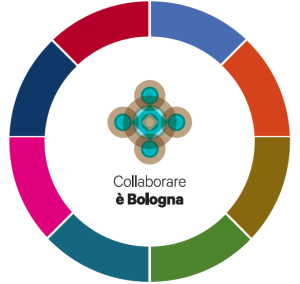The City of Bologna has just adopted the translation prepared by 2013/2014 LabGov interns as the official English version of the Bologna Regulation on public collaboration between citizens and the city for the care and regeneration of urban commons. The official English version of the Regulation is available here.
LabGov interns participated actively to “La città come bene comune” (i.e. “The city as a commons“) project in Bologna, carrying out research activities, training programs and co-design sessions. One of LabGov strategists, Christian Iaione, was also a key member of the working group which drafted the “Regolamento sulla collaborazione per la cura e rigenerazione dei beni comuni urbani” of the Comune di Bologna.
According to the regulation active citizens (i.e. social innovators, entrepreneurs, civil society organizations and knowledge institutions willing to work in the general interest) can enter into a co-design process with the city leading to the signing of a “patto di collaborazione per la cura o rigenerazione dei beni comuni urbani“. Urban commons are mainly public spaces, urban green spaces and abandoned buildings or areas.
Using the institutional technology of public collaboration (i.e. “co-progettazione” or “amministrazione condivisa“) Italian cities and communities can transplant Elinor Ostrom‘s idea of “governance dei beni comuni” (i.e. “governance of the commons”) in urban contexts, as Sheila Foster has already theorized.
The regulation is at the same time a form of social innovation enabling tool and fosters the birth of collaborative economy or sharing economy ventures. Indeed the regulation has dedicated specific articles to “innovazione sociale e servizi collaborativi“, “creatività urbana” and “innovazione digitale“. As a matter of fact social innovation and collaborative services, urban creativity, digital innovation must be the centerpiece of a “sharing city” or “collaborative city“, which is by default a commons-oriented city and therefore a co-city.
Last, “public collaboration” is centered upon the use of bottom-up or collaborative “nudge” or “nudging” techniques and “service design” techniques. Indeed, the regulation strengthens the importance of information/communication tools, training and educational initiatives, facilitation activities, as much as the need for measuring and evaluating the impact of the regulation and collaboration pacts or initiatives activated under the umbrella of the regulation.

